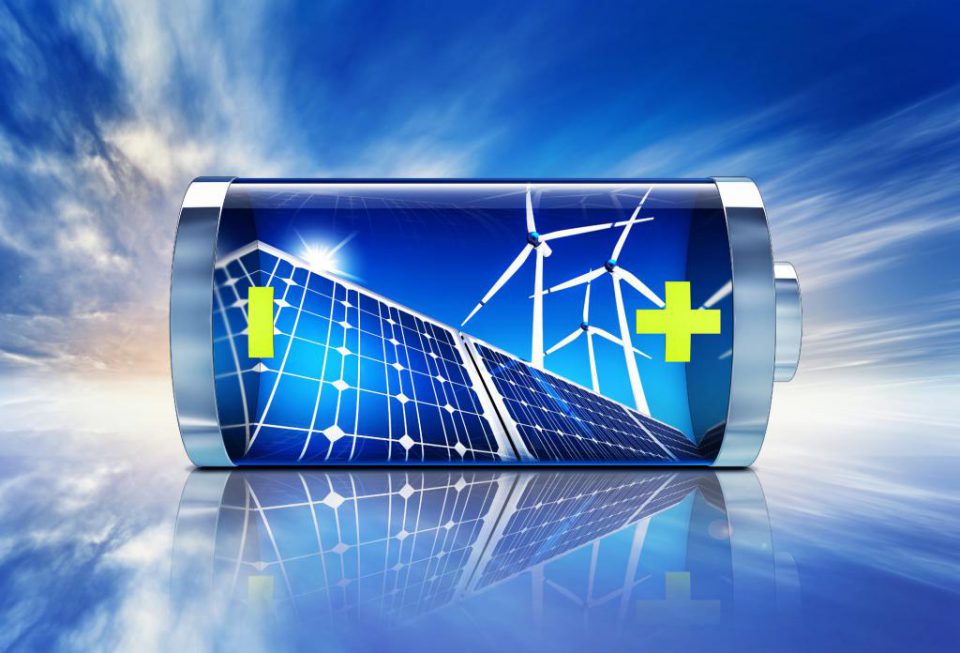Work and energy are basic to describe physical processes. Energy is conserved. This means that she can neither be created nor destroyed.
Energy occurs in various forms that can mesh be converted .
Work and energy
In order to accelerate a body, we needed a force. The relationship of power and acceleration is described in the basic equation of mechanics:
The force that moves a body to a path length s, carries out the work
Example:
A body with a mass of m = is 5kg to a height of h = 2m raised.
The necessary work is
and F the force of weight [] is and the distance is equal to s the height ( h) :
To use the above mentioned values, obtained for the performed work
The fact that work was performed on the body, increases his energy. The energy that has a body due to its location (or height), is called potential energy or potential energy.
Where: the input location power corresponds to the applied work.
If the body is then dropped, acceleration work is performed on the body. Thereby, the potential energy is converted into kinetic energy (kinetic energy). The body is deformed on impact on the ground / heated. The kinetic energy is converted it into heat energy .
Definition and properties of energy
Work that has been carried out on a body, increases the energy of the body. Work that does the body, reduces its energy. The work causes a change in the State in which the body resides (displacement, acceleration, deformation, heating etc.).
Energy is a measure of how much work has been done to a body or was performed by him.
Work and energy have the same unit, namely the joule (J).
It applies: 1 J = 1 NM
Mechanical forms of energy
There are various forms of mechanical energy.
We will now define the most important forms of mechanical energy and then examine examples of transformations between these forms of energy.
1. potential energy (potential energy)
Is a body is lifted, hub work is done on it. This increases its potential energy (potential energy).
Potential energy
Working assets, that every body has due to its location (height), it is called potential energy or potential energy Epot.
The potential energy of a body is
It is measured the height of an arbitrary zero point. Ultimately always energy differences are crucial in physical processes.
The labour-power and the energy that a body has lifted, is equal to the applied work. We can say:
Potential energy is stored stroke work.
Work and energy have the same Unit, namely the Joule (J).
It applies: 1 J = 1 NM
2. kinetic energy
The acceleration work led to energy of motion is called kinetic energy , or kinetic energy EKin. The greater the speed and the greater the mass of a body, the greater is its kinetic energy.
Formula for calculating the kinetic energy
A constant force acts on a body along a F s put, as this will speed up evenly. On the body, the acceleration work is carried out.
The kinetic energy is equivalent to the performed work, so:
The force is the product of mass and Acceleration []. This applies:
This applies uniformly accelerated motion way time law .
This applies to kinetic energy
Unlike written by:
The product of acceleration and time corresponding speed: .
This results in the kinetic energy
Kinetic energy (energy of motion)
The energy carried by accelerating work to a body, due to his speed, is called kinetic energy , or kinetic energy EKin.
The kinetic energy of a body is
Example of calculating the kinetic energy:
A car with a mass of m = 950kg moved up with a speed of v 120 km / h =.
To calculate the speed must be converted first m/s in the unit. The result is: v = 33, 33 m / s.
Thus obtained for the kinetic energy:
Energy transformations and energy conservation
A body from a height, h is dropped, its potential energy decreases. But the energy does not disappear, it is converted into kinetic energy.
Immediately prior to the meeting on the ground (h = 0), the potential energy has been completely transformed into kinetic energy.
During the fall, the potential energy decreases so that the kinetic energy increases.
The sum of both energies remains in constant. Together, they form the total energy of the system.
This is true not only in this example, but for all processes. This is a fundamental principle and can be formulated up as follows:
Conservation of energy
The total energy of a closed system is constantall operations.
Energy can be just converted but is not lost.
When one speaks of “energy” or “energy loss“, is always the transformation into other forms of energy.
Examples of energy conversions
The chemical energy from coal is converted into a coal-fired power by combustion in thermal energy . This water is vaporized, the steam drives turbines. This heat energy is converted into mechanical energy (kinetic energy) . The turbines are connected to a generator which converts the kinetic energy into electrical energy by induction.
